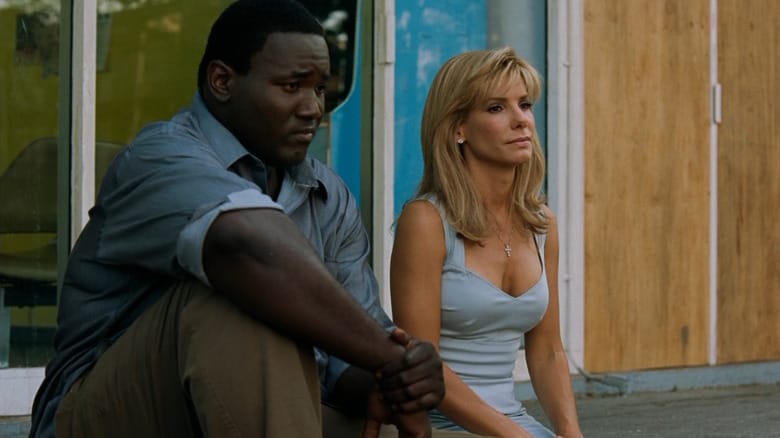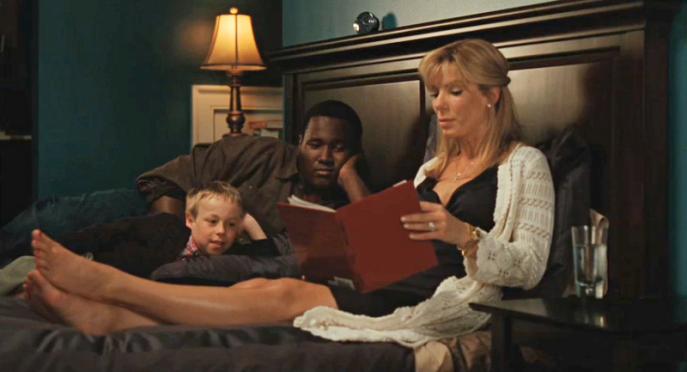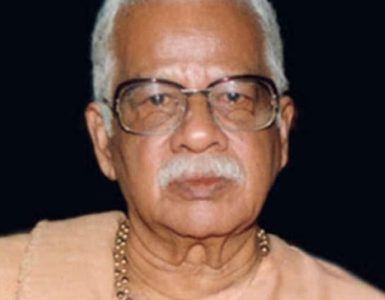Directed by John Lee Hancock, The Blind Side (2009) is a biographical sports drama that tells the inspiring true story of Michael Oher, a homeless and traumatized African American teenager who becomes an NFL player with the help of a caring white family. Starring Sandra Bullock, Quinton Aaron, Tim McGraw, and Kathy Bates, the film is based on Michael Lewis’ book The Blind Side: Evolution of a Game.
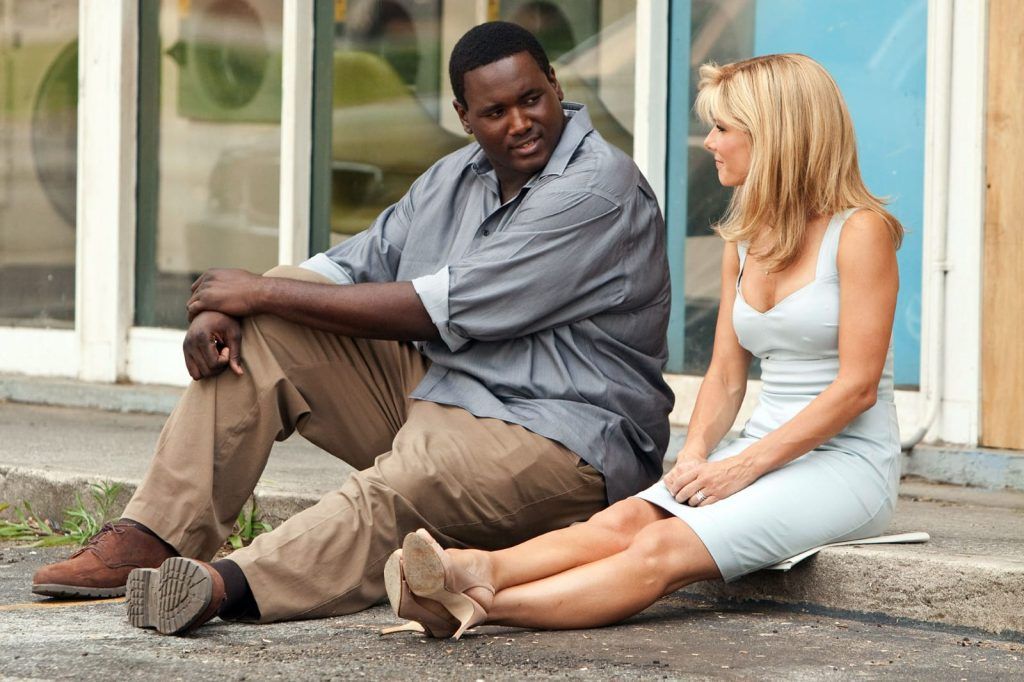
The movie follows Michael Oher (Quinton Aaron), a struggling teenager who has spent most of his life in foster care. His life takes a turn when Leigh Anne Tuohy (Sandra Bullock), a wealthy and strong-willed woman, welcomes him into her family. Despite racial and social differences, the Tuohys offer him love, stability, and the opportunity to excel academically and athletically. Under their guidance, Michael discovers his potential as a football player, eventually earning a college scholarship and securing his future in the sport.
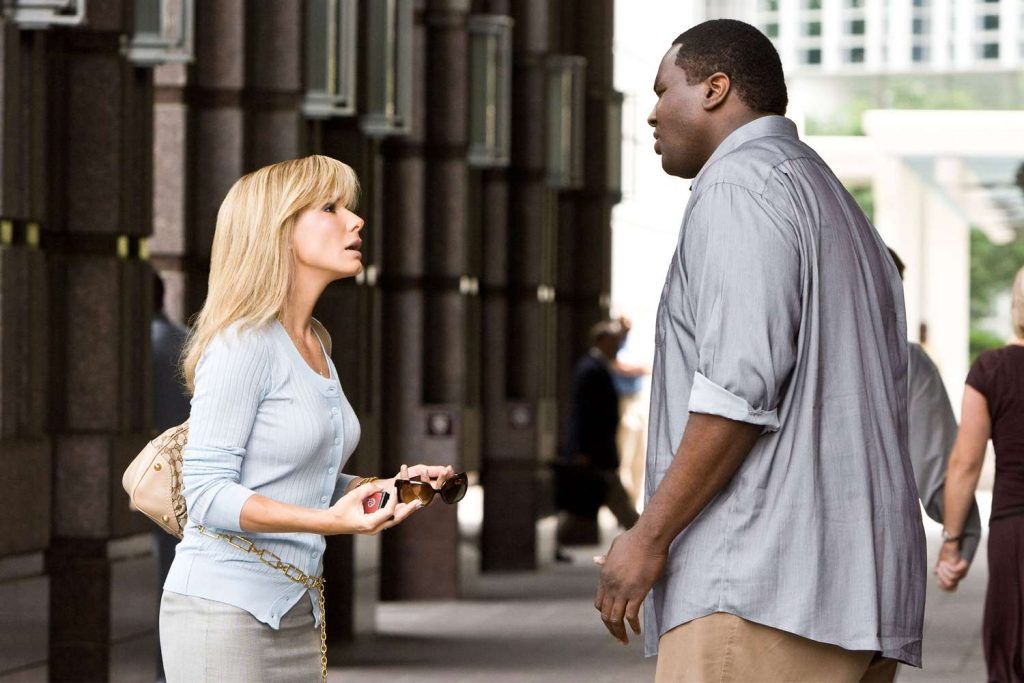
Sandra Bullock’s portrayal of Leigh Anne Tuohy is undoubtedly the highlight of the film. She delivers a powerful and emotionally compelling performance, which earned her an Academy Award for Best Actress. Bullock balances toughness and warmth, making Leigh Anne a commanding yet compassionate figure. Quinton Aaron, as Michael Oher, brings quiet resilience to his role, though some critics feel his character is underdeveloped compared to Leigh Anne. The supporting cast, including Tim McGraw as Sean Tuohy and Kathy Bates as Michael’s tutor, provide solid performances that enhance the film’s emotional depth.
At its core, The Blind Side is about kindness, privilege, and the power of family. It highlights issues of race, class, and education, showing how opportunities—or the lack of them—can shape a person’s future. The film also explores the protective instincts of a mother and how genuine care can transform a life. However, some critics argue that the movie oversimplifies racial dynamics and portrays a “white savior” narrative, focusing more on Leigh Anne’s perspective than Michael’s struggles and personal growth.
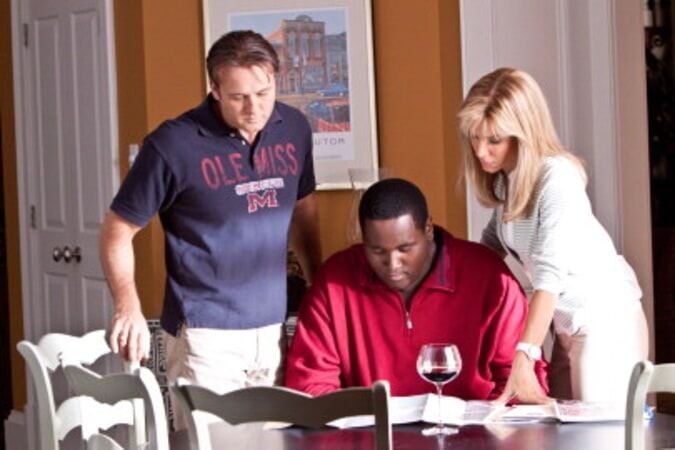
John Lee Hancock presents the story in a straightforward and sentimental manner, emphasizing emotions over complexity. The cinematography is warm and inviting, creating a comforting atmosphere that complements the film’s uplifting narrative. While the storytelling is engaging, the film follows a predictable structure typical of inspirational sports dramas, making it somewhat formulaic.
While The Blind Side was a commercial success, grossing over $300 million worldwide, it received mixed critical reviews. Some praised its heartwarming message and strong performances, particularly Bullock’s, while others criticized its portrayal of racial themes. Michael Oher himself later expressed dissatisfaction with how his character was depicted, feeling that the film exaggerated his lack of football knowledge and downplayed his own efforts in shaping his career.
Despite its criticisms, The Blind Side remains a feel-good movie that inspires audiences with its themes of hope and generosity. It may not delve deeply into the complexities of race and privilege, but it delivers an emotionally satisfying experience driven by an outstanding performance from Sandra Bullock. If you enjoy uplifting sports dramas with a focus on human connection, this movie is worth watching.




